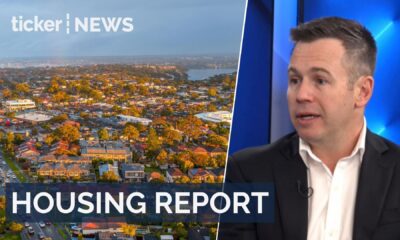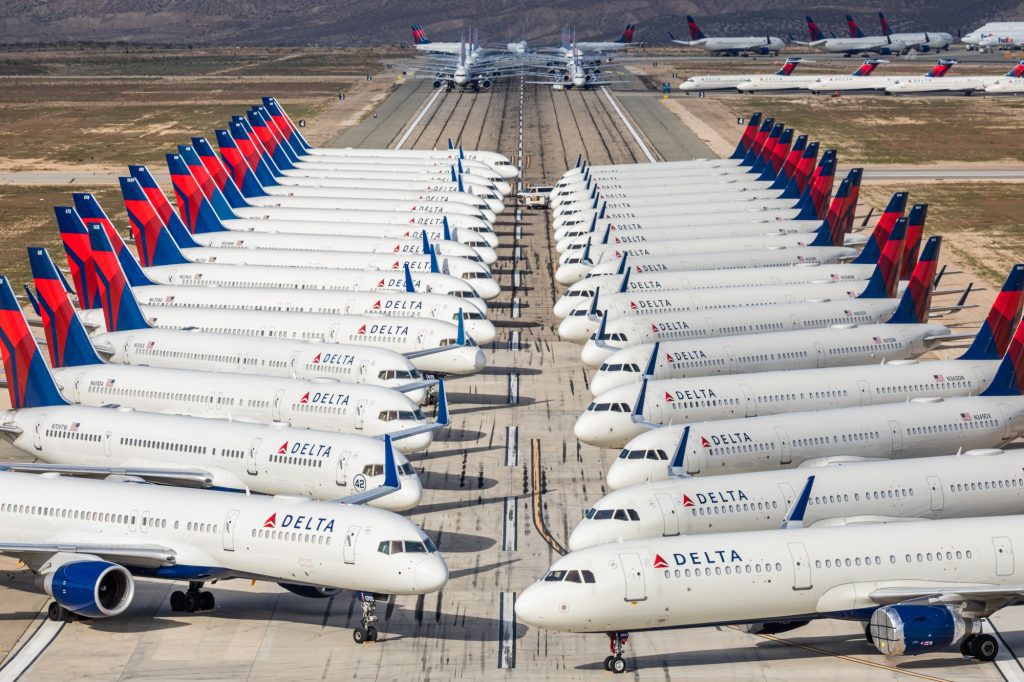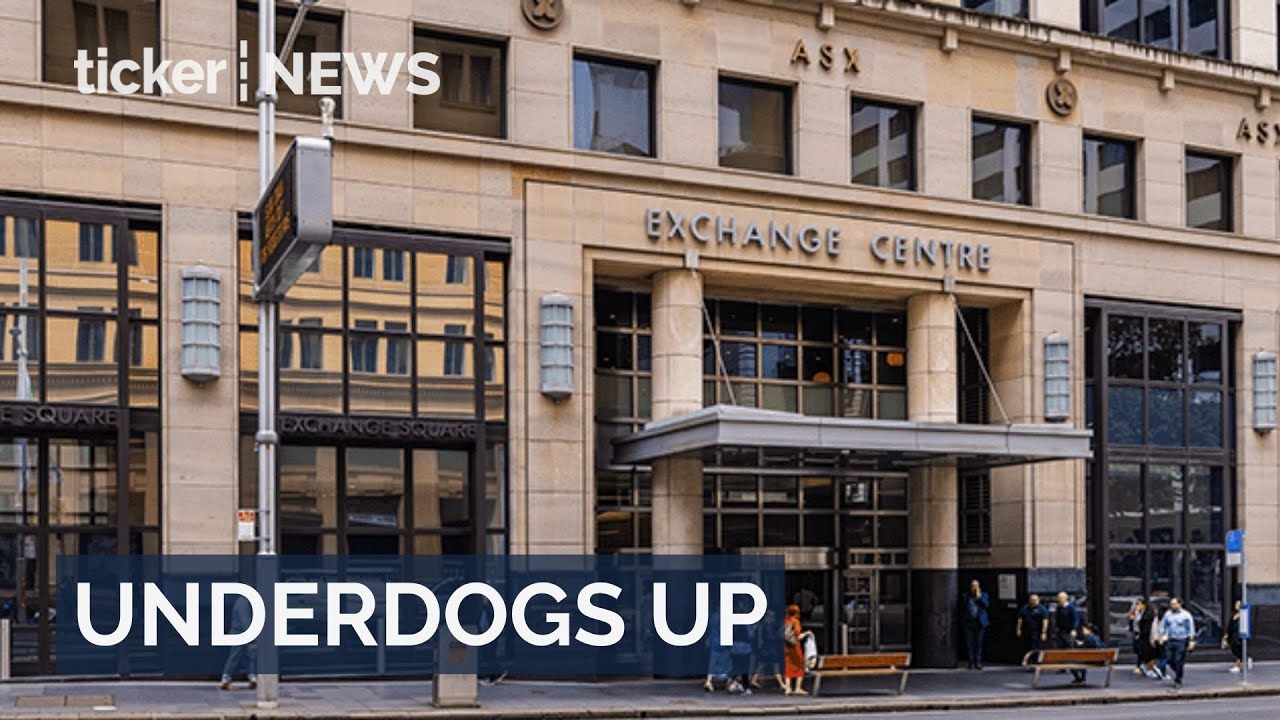Money
TICKER VIEWS – Why governments should be compensating airlines for COVID disruptions

Money
Global markets outperform US stocks by largest margin as AI tech rallies in 2025
Global markets outperform US stocks in 2025, marking widest gap since 2009 as international gains surge
Money
Australia’s sharemarket set for weakest annual return in three years
Australia’s sharemarket set for weakest return in three years; gains from gold and critical minerals offset blue-chip losses.
Money
US stocks surge amid AI hype despite market volatility
US stock market bounced back, S&P 500 up 16% in 2023, driven by AI excitement amid policy uncertainties.
-



 Leaders1 day ago
Leaders1 day agoAI and automation reshape future tech careers
-



 Money1 day ago
Money1 day agoUS stocks surge amid AI hype despite market volatility
-



 Tech4 days ago
Tech4 days agoAI stocks surge amid market shifts and spending warnings
-



 News1 day ago
News1 day agoAustralia’s property market set to soar in 2026
-



 Tech4 days ago
Tech4 days agoAI investments set to surge in 2026 as companies target productivity gains
-



 News4 days ago
News4 days agoStocks, AI and the economy: What to expect in 2026
-



 Leaders4 days ago
Leaders4 days agoInvesting in shares: Insights for fluctuating markets
-



 Ticker Views4 days ago
Ticker Views4 days ago2025 Arctic Report Card shows a region transforming faster than expected








